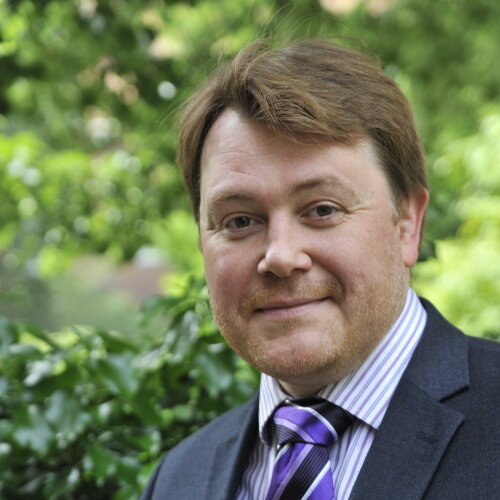LINXS and the next generation of research infrastructure
LINXS is participating in the yearly Big Science Sweden conference in November. The aim of the conference is to create a space to discuss and solve some of the many challenges involved in building research facilities. Ahead of the event, Martin Stankovski reflects on the importance of simultaneously focusing on both using existing research infrastructure, and developing the next generation of accelerators, laboratories and beamlines.
– It is really important for LINXS to be a platform for driving discussions on how to develop large scale research infrastructure in Sweden and beyond. As an actor interested in pushing advanced science forward, we have to do more than just focusing on using existing infrastructures. We also have to look ahead, and help develop next generation facilities, says Martin Stankovski, who is working with strategic development at LINXS.
Martin Stankovski highlights that without strategic, ongoing work in the area, infrastructures run the risk of becoming outdated: what is new and state of the art now, can become less relevant as scientific needs arise, and technological development progresses. As an example, today the MAX IV Laboratory has the world’s best accelerator, but this might not be the case in ten years’ time.
– Downstream, which is what comes out of the use of existing equipment and infrastructure, and upstream, where you build the infrastructure, should be seen as two points on a loop, where one feeds the other. New techniques require renewed infrastructure. It takes time to plan, implement and build it, so this is something that an organisation or facility needs to think about continuously, says Martin Stankovski,
He concludes by saying that LINXS is already being used as a good place to host discussions on contributions to large scale infrastructures, like for instance with the SAGA GISANS initiative for an ESS experiment station. He also says LINXS is very happy to continue to help stimulate this kind of work.
– Large scale research infrastructure projects need collaboration and buy-in from a wide range of actors, from the individual researchers, to universities, and funders, all the way up to state level. Together with organisations like BiSS, LINXS can contribute to creating the best conditions possible, by for example hosting visionary discussions on what type of instruments and beamlines we will need to be able to do tomorrow’s science.
Martin Stankovski works with strategic development at LINXS.

